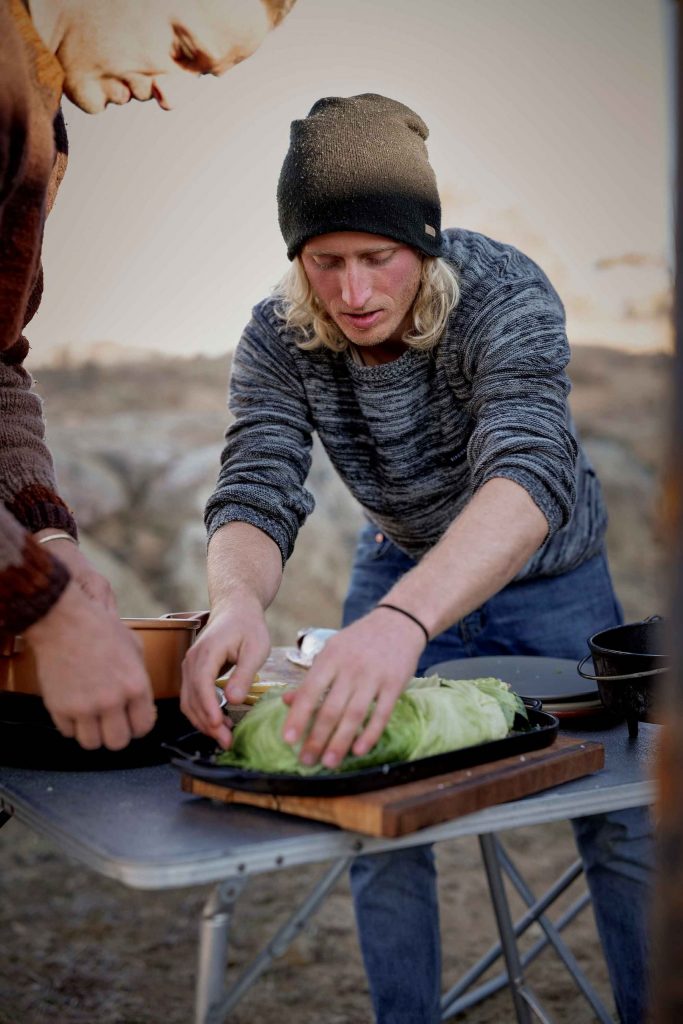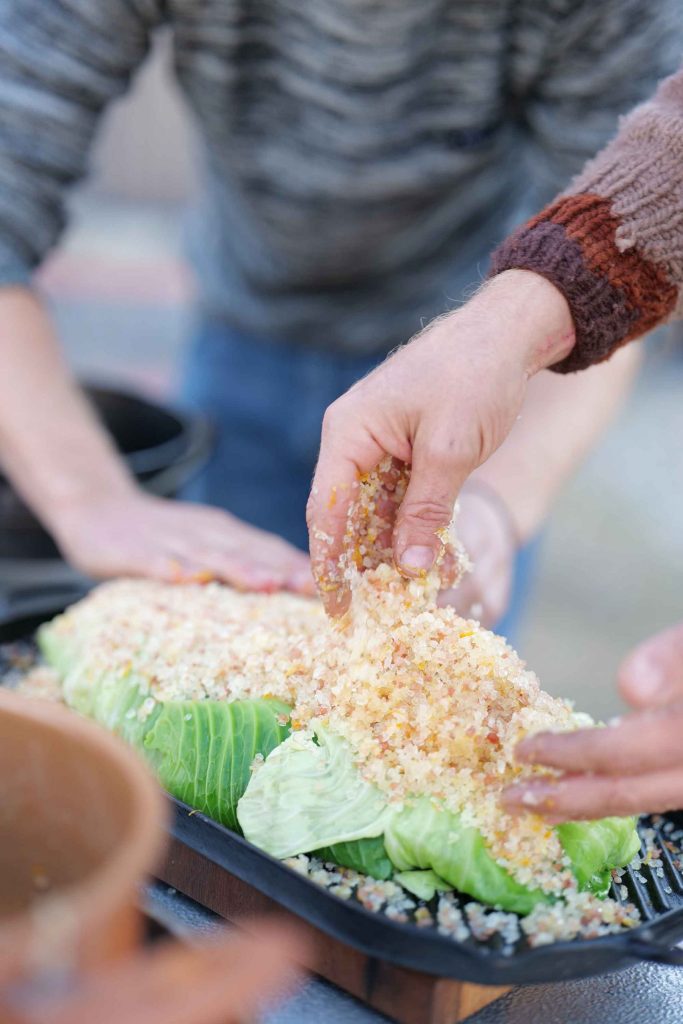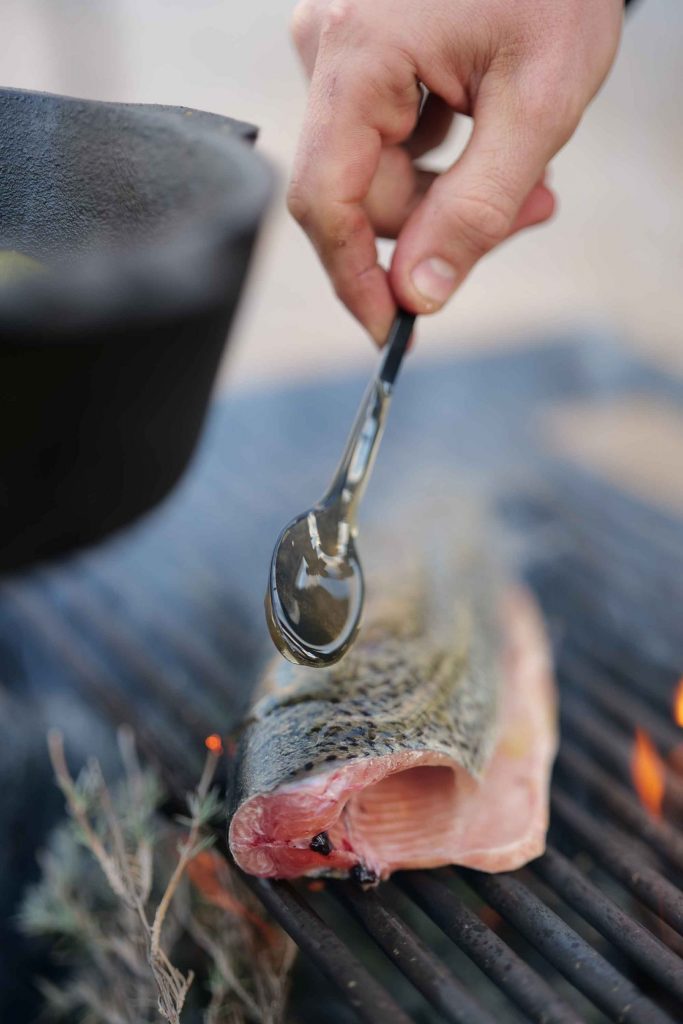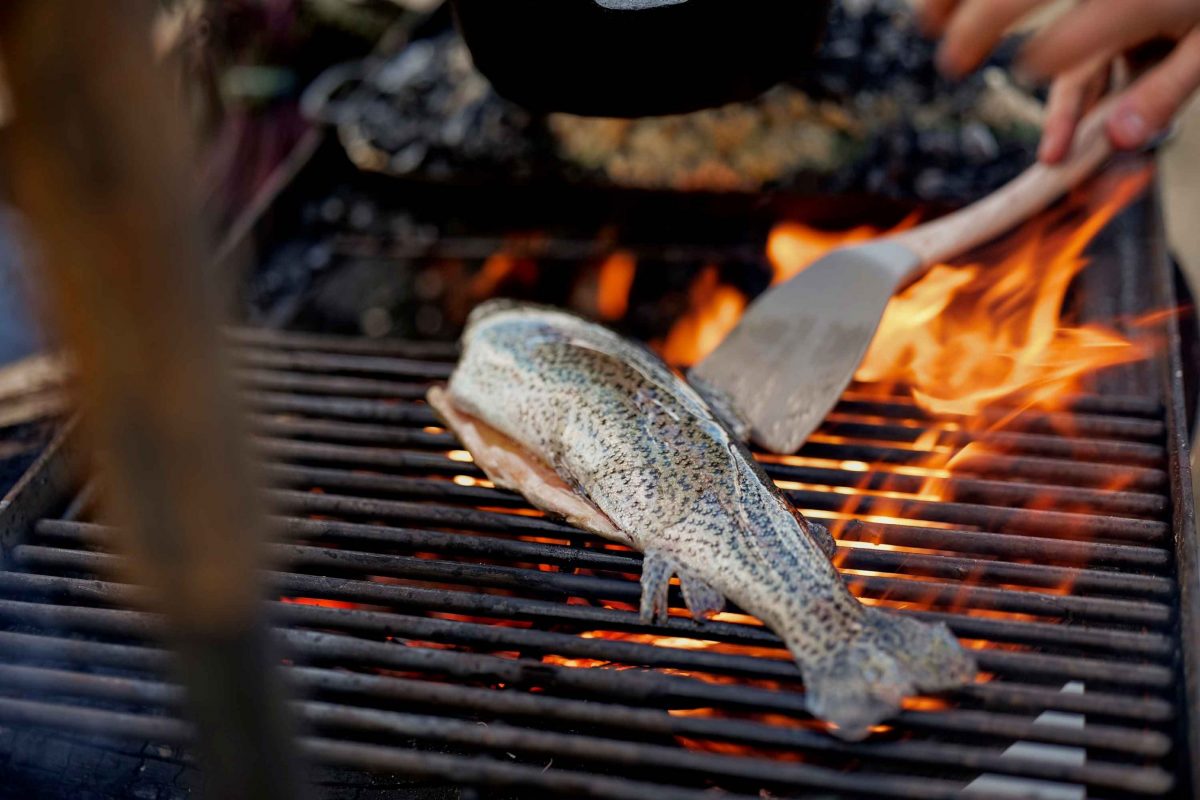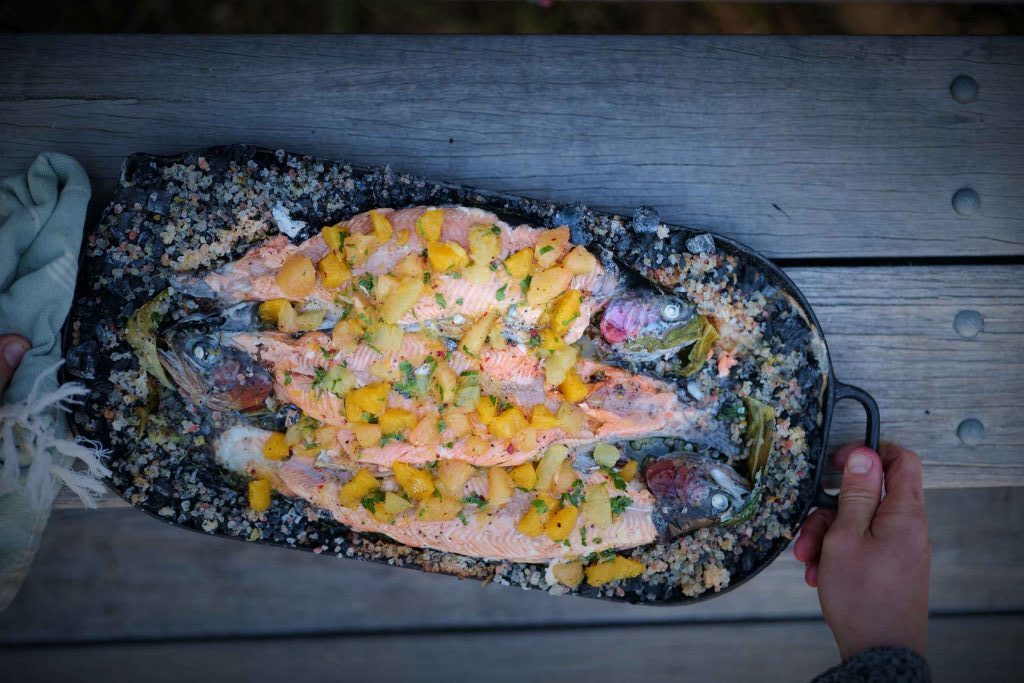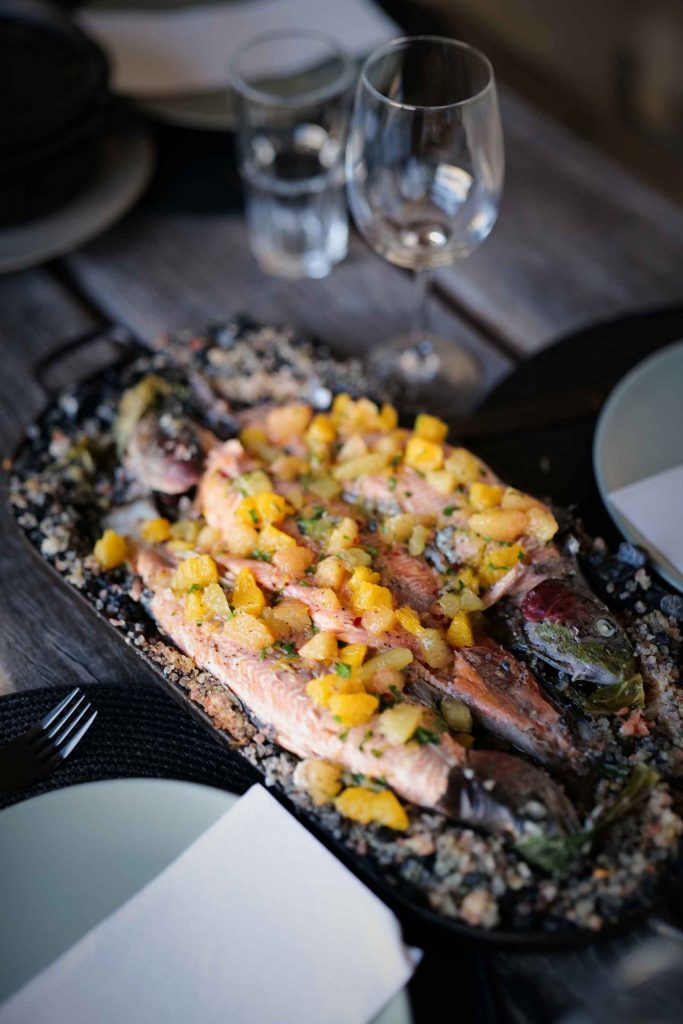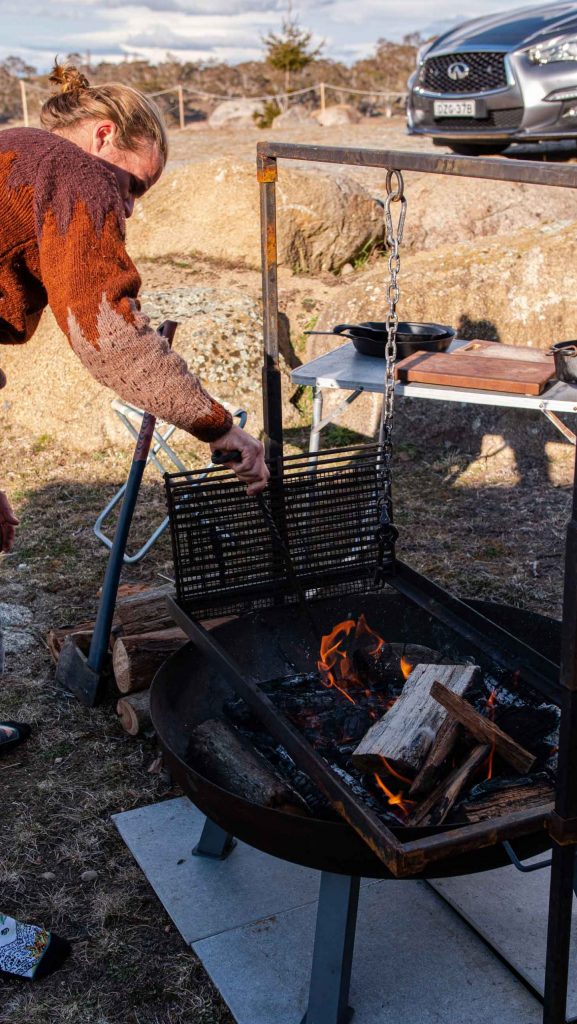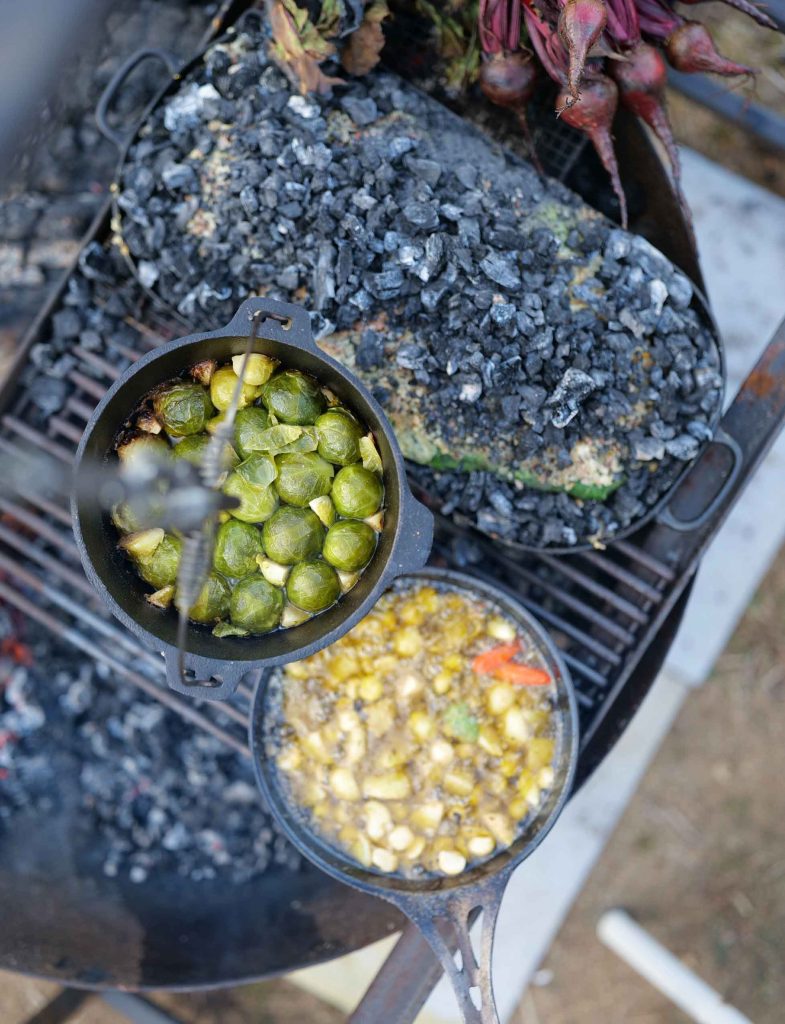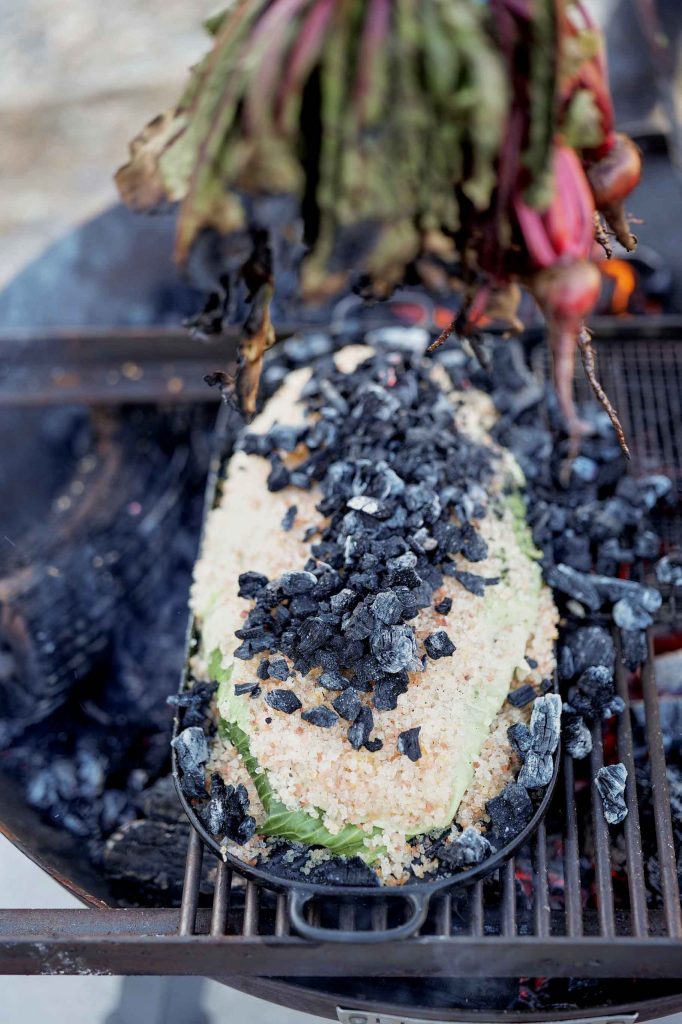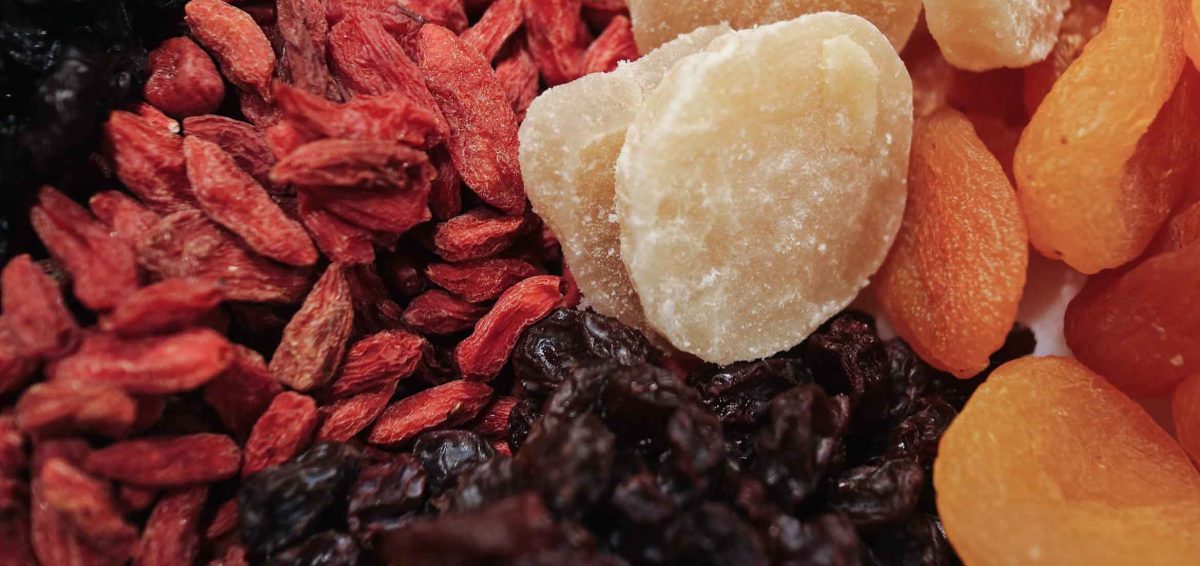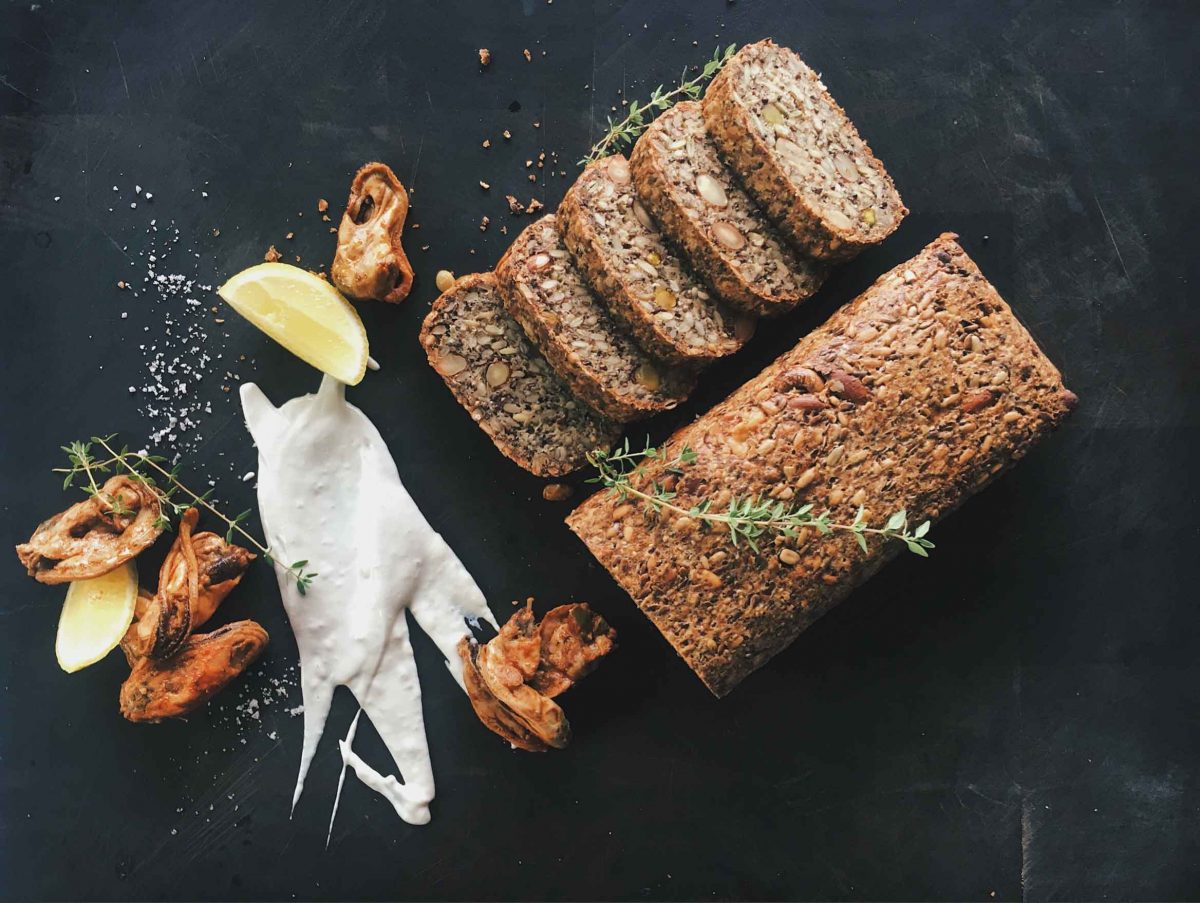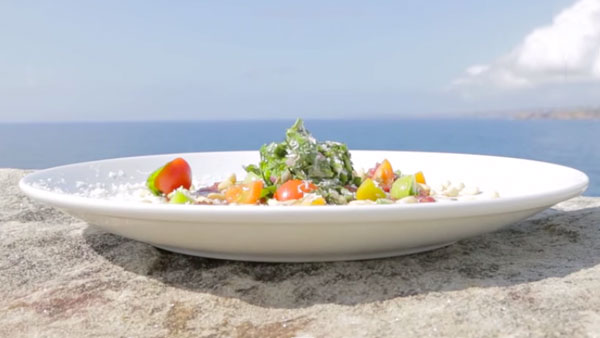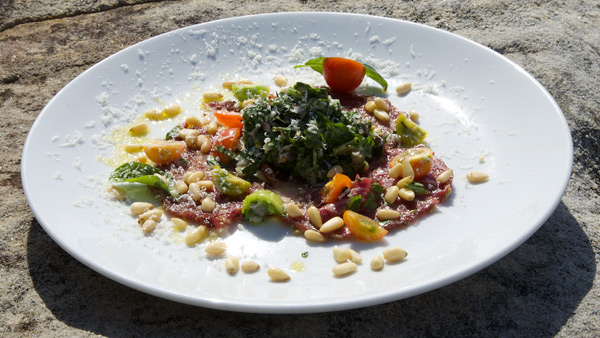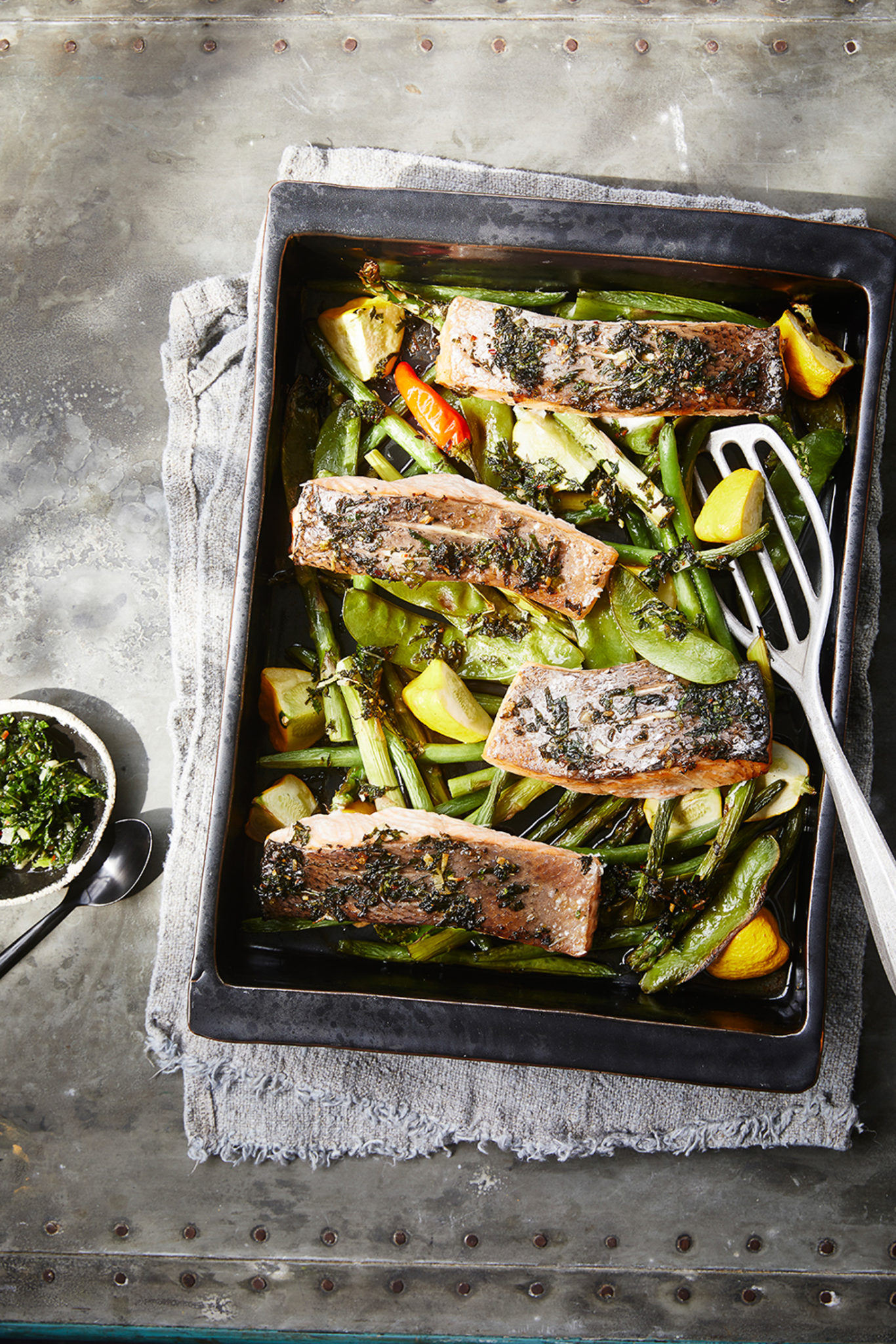Salt Baked Rainbow Trout
Sand 2 Snow Wild Chef
Salt Baked Rainbow Trout
Jindabyne!! Arriving late, after a 4-hour drive from the truffle farm, making it a total of 7 for the day, the team set up camp, while Taylor and Guy cooked a relatively undocumented vegetarian feast. Coals smoldering, whole cabbage and corn cobs blackening to be dressed with a spicy tahini dressing, cumin, and truffle honey carrots roasting, the conversation turned to plan out the following days around the impending wether due to arrive late afternoon tomorrow. Get Trout while we can.. Was the consensus.
Another 5.45 start, still familiar, the Rods loaded, and off to the lake, they cast and cast with no luck, apparently fish sense the storm and dive deep, rarely coming up for food. Luckily the trout farm a few kilometers away could provide assistance in retrieving the Aussie classic.
Cooking over fire is a skill learned with trial and error, creating hot and cooler spots of coal, organizing what to smoke and controlling the flame, then the different way produce reacts, the use of fats and salt to enhance the cooking process without setting off the flame, taking the correct safety precautions, to ensure nothing catches alight that isn’t meant to. There are so many factors in creating a good meal. Luckily you have one thing on your side, anything cooked over a fire, and seasoned properly will taste amazing, you have leeway with the produce, a vegetable a little too black, still just tastes like the campfire and people will not complain. As we have said in this blog a few times now, the location, journey and process make food taste better. If you have caught your food, started your fire, been patient and careful, focused and laughed the food will come out amazing! Guy and Taylor cooked fresh salt and citrus baked trout, served with a citrus and truffle honey dressing an amazing balance of smoke, salt, and truffle, with the moisture and acidity everyone craves with fish. By now most of you would have seen a whole baked fish, coated with rock salt. The process not only seasons the product but holds in the moisture, effectively ‘steam roasting’ the fish. The added citrus skin to act as a perfume, once removed with the crust. With this recipe, you don’t have to leave salt baking to the chefs or even over a fire, you can do it in your home oven, and you should. A relatively simple process, that when treated with respect can create a great meal for the whole family, the only variables being the size of fish and oven temperature at home. Clean and dry the fish well so its easier to use, fill its belly with citrus, herbs, and spices for that extra flavor and never put the salt directly on the skin, here the chefs used cabbage, but you can use seaweed or anything else that won’t break down during the roasting process.
Once the crust is removed carefully make your way around the fish, pulling off the flesh and removing bones, different fish will have a different skeletal makeup, trout has a lot of small flimsy bones, so be careful not to eat them, while snapper has long sharp rib bones, easy to navigate. Have a chat with your local fishmonger if you have any questions about the fish, they will be able to give you most of the information you need, the rest should be covered in this blog.
Snow started falling that evening in Jindabyne, the team preparing for a cold day ahead before hot chocolates, and sleep, excited for the final day of cooking and filming, this time in the snow of the national park! Happy cooking.
SHARE THIS RECIPE!
Ingredients
3x trout
1x cabbage
1kg rock salt
3x eggwhites
1x lemon
2x oranges
1x lime
1x grapfruit
75g honey
20g chives
Instructions
- Clean and dry trout. A dry fish is much easier to work with.
- Tear apart cabbage leaves and blanch for 10 seconds, this will become the casing to protect the fish from getting too salty
- Zest and then segment citrus fruits into bowls, catching the juice in one bowl, the zest in another and finally segments in the last.
- Lightly wish the eggwhites, mix with rock salt and citrus zest
- Lay some salt on an oven tray, cover with cabbage and place fish on top, repeat the process this time with cabbage on fish then salt on top, until the fish is completely covered.
- Cover with coals if using fire, otherwise place in the oven at 180 degrees celsius for about 30 minutes, depending on the oven.
- For the dressing, mix honey, citrus juice, and segments, season with olive oil, salt, pepper, and chives.
- Remove the tray of fish from heat, we usually stab into the flesh with a needle or skewer to check the inside temperature of the trout, ensuring it’s cooked.
- Carefully remove salt crust and cabbage.
- Drizzle dressing over the fish, then tare apart the flesh with a spoon or fork, being careful not to eat the bones.
- If there is leftover trout, pull it with a fork, mixing with herbs and a little cream it can be turned into a rillette and served with bread or crackers.
Hey Food Lover!
Gain access to our new weekly recipes straight to your inbox and join our exclusive Food Lovers Facebook Group!



